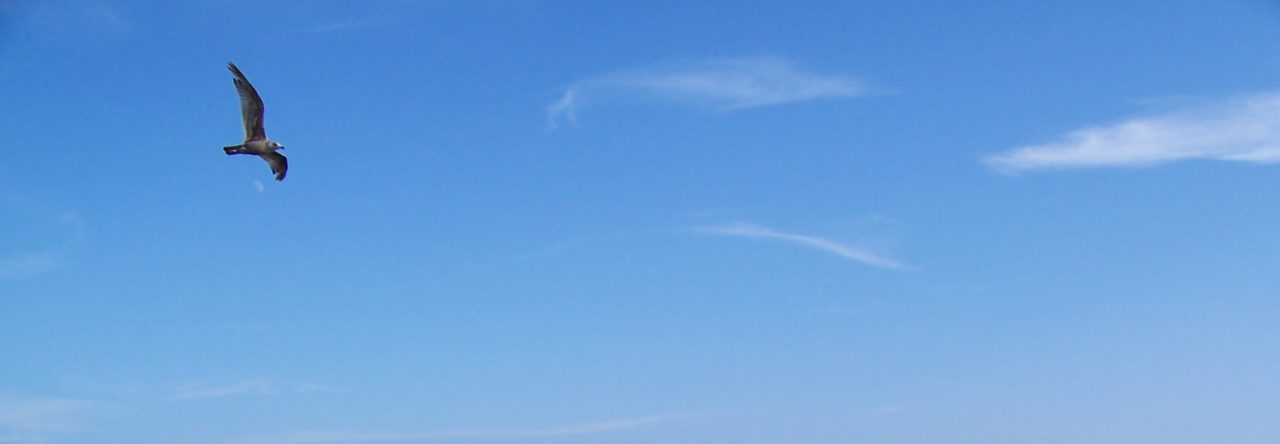The Uffizi Gallery has so many wonderful pieces, we needed a comprehensive lecture on Renaissance art to help us understand what we were going to see. This is one place to brave the long lines and exhausting overload of art. It is definitely worth it. I’ll confess that I’ve never studied art history, but armed with our knowledge from the lecture and accompanied by two others on our tour who knew a lot more than I did, I was excited that even I could see some of the key points.
The religious works start out very one dimensional with stern faces and unnatural features. Many times, each aspect of the work is in it’s own ornate fame. Over time, the pictures add dimension and proportion, and become much more life-like. You begin to see emotion.

The Ognissanti Madona by Giotto (1310)

Annunciation by Simone Martini and Lippo Memmi (1303)

La Primavera by Botticelli (1477)

The Birth of Venus by Botticelli (1482)
One of my favorite pictures is this one by Michelangelo. This is the only Michelangelo painting in Florence. Unlike so many of the paintings, this work appears to have the holy family is in a casual public setting – except perhaps for the nude males in the background.

Doni Tondo by Michelangelo (1506)
Basilica di San Lorenzo was a surprise for me. The exterior of this church is very plain, but the inside is beautiful and much simpler than many of the churches we saw. The Basilica, partially built under the direction of Filippo Brunelleschi is the burial place of the principal members of the Medici family. Attached is a little museum with some interesting artifacts.

Basilica di San Lorenzo exterior

Basilica di San Lorenzo interior
A couple of blocks away is the San Lorenzo Market which is an indoor market, similar to the indoor markets in many major U.S. cities. On the upper floor are restaurants where you can get a meal or a snack. The area surrounding the market is also home to a large street market with many leather and other vendors.

San Lorenzo Market
If you like science and instruments, the Galileo Museum (located near the Arno River) is a nice way to spend a couple of hours. The museum contains one of the major collections of scientific instruments primarily from the two dynasties that ruled Florence – the Medici and the House of Lorraine. The exhibits cover astonomy, navigation, globes and maps, warfare, medicine, mechanics, among others. A highlight of the museum is the exhibit of the instruments built by Galileo.
If you cross the Arno River and go to the other side, you can climb the many steps up to the Piazzale Michelangelo (St. Michaels) for a stunning view of the city. On the way to get to the starting point of the hike up the hill, you have to pass through an opening in the ancient wall of the City of Florence. From the top you can trace a large part of the wall as it snakes across the landscape. Of course, you will have no trouble finding the Duomo from your perch.

Opening in the wall for cars and people

The wall from Piazzale Michelangelo

The view from Piazzale Michelangelo

Another view from the Piazzale Michelangelo
Next stop – Venice (Part 5 of my trip to Italy).




























